Three projects help wildlife and improve hunting.
When European settlers arrived in Missouri, native tallgrass prairie covered one-third of the state. Amounting to about 15 million acres, this vast, nearly treeless landscape spread as far as the eye could see. Rich prairies included hundreds of kinds of grasses and wildflowers that dominated northern and western Missouri. Today, Missouri has about 17 million grassland acres, but only 0.5 percent of that is native prairie. The rest have been converted to crop production or were seeded to nonnative forage grasses to support a growing cattle industry. Although economically important, the majority of modern-day grasslands lack the natural diversity that prairie wildlife, from insects to birds, needs to survive.
In addition, invasive trees and human development have fragmented Missouri’s native prairie remnants, making them evermore precious and rare. This rarity unfortunately means that many kinds of grassland wildlife, including Henslow’s sparrows, Mead’s milkweed, and northern crawfish frogs, are in real trouble. To safeguard Missouri’s native grasslands and the wildlife that need them to survive, the Conservation Department started exciting renovation projects at three sites in the western half of the state. These projects promise to benefit native plants and both game and nongame wildlife that depend on diverse, well-managed grasslands.
Grasslands Help Wildlife Survive and People Thrive
Grasslands are not only a beautiful, rare natural community — they also provide many benefits for wildlife and people that may go unnoticed. Healthy native grasslands provide essential habitat for plants and animals that don’t occur anywhere else, so efforts to restore them are especially important.
Grasslands further help wildlife and human communities by providing
livestock forage, reducing erosion, helping filter groundwater, and storing
carbon from the atmosphere.
Reconnecting the Pieces
In general, the lack of connected and spacious grassland habitat forces wildlife into small, isolated populations, putting them at risk of disappearing altogether. Grassland birds, in particular, are the most rapidly declining bird group in the country. These birds, like the upland sandpiper, grasshopper sparrow, and eastern meadowlark, continue to decline because most modern grasslands lack the nesting and brood-rearing cover they need. For example, tall fescue, a type of nonnative grass widely planted for cattle forage, creates an area thick with one kind of plant. These areas are generally managed in ways that don’t provide wildlife habitat. In contrast, restored grasslands produce many kinds of grasses and wildflowers that provide turkey nesting cover and places for deer to bed down, but the real winners are rabbits, quail, and songbirds, which thrive in well-managed grasslands.
Aside from providing structural diversity above ground, deep-rooted prairie plants also improve the ability of the soil to capture and hold moisture. Streams in healthy grassland landscapes are less flood-prone because the sponge-like soil allows more water to soak in during a storm and releases it slowly and steadily. Well-managed grasslands help trap sediment that might otherwise choke streams with fast-moving runoff water from poorly managed pasture or cropland.
How Restoration Works
When native prairie parcels and grassland go unmanaged, trees and shrubs quickly take over and choke out native grasses and wildflowers. Grassland restoration is the collective term for a set of steps necessary to recreate functional grassland ecosystems.
Restoration usually begins with tree removal to reduce fragmentation and to reconnect existing grasslands. Priority goes to removing trees taller than 15 feet, which provide sheltered travel pathways for predators like raccoons and perches for hawks to strike from. Managers leave patches of beneficial, low-growing native shrubs as escape cover for small game and shrub-nesting birds.
Next, it is often necessary to control invasive exotic plants, such as sericea lespedeza or tall fescue, which can creep into grasslands over time. Managers use approved herbicides with care to remove targeted plants. After removing invading trees and other undesirable plants, managers may need to reseed the sites. Each year, Conservation Department staff and partners harvest nearly 20,000 pounds of grass and wildflower seed from native prairies! They use the resulting seed mix, which includes as many as 200 species, to plant about 800 acres of diverse grassland each year.
Before European settlement, fire and grazing maintained a shifting mosaic of patchy habitat across Missouri grasslands. Today, wildlife managers use a combination of prescribed fire, rest, and cattle grazing to simulate these natural cycles to provide patchy natural cover with a diverse mix of grasses, wildflowers, and low-growing shrubs. The result is ample feeding, nesting, and escape cover for grassland-dependent wildlife, including bobwhite quail and cottontail rabbits. Managers also plant their harvested seed mix next to small, remnant native prairies — patches that have never been plowed — to encourage the insects, reptiles, amphibians, and small mammals that need prairie to expand their ranges into the newly planted adjoining parcels.
Restoration is Underway at Three Major Areas
Schell-Osage Conservation Area
This 8,634-acre area lies along the south side of the Osage River in Vernon and St. Clair counties. At one time, expansive bottomland hardwood forests and wet prairie along the river merged into vast, open native prairie in the uplands. Today, some bottomland forest remains alongside critically important, intensively managed wetlands, and only isolated patches of the once-vast native prairie remain in the uplands.
Managers have begun targeted tree removal and prairie reconstruction with promising results, and the pace of restoration activities at Schell-Osage will quicken over the next four years. Managers will remove nearly 500 acres of woody cover from historic
prairie sites. This treatment will favor native grasslands, transforming nearly 200 acres each of crop fields and overgrown old fields. This work will expand the acreage of existing native prairie remnants and allow them to function more naturally without wooded borders. Four grazing units will also be established over time to restore grazing as a natural function to enhance wildlife diversity in these restored grasslands.
Linscomb Wildlife Area
Similar work is underway at nearby Linscomb Wildlife Area in Saint Clair County, a 1,874-acre site with a mixture of forest, crop fields, grasslands, and natural sloughs along the Osage River. Soil types and historic maps suggest that roughly 600 acres of this area was once open prairie — of that, only 90 acres escaped cultivation because it was too rocky or wet to plow. Though small, these prairie remnants have harbored many rare plants and insects that will benefit from restoration activities. Managers plan to remove 90 acres of mature trees that divide open fields, plant 130 acres with a prairie seed mix on retired crop fields, and convert 100 acres of tall fescue to native grassland plants.
Managers will also add fencing to support future grazing to improve plant and wildlife habitat. These projects will produce less fragmented grasslands with plant and structural diversity that will support a wide variety of wildlife.
Together, the Schell-Osage and Linscomb grassland renovations will add more than 1,400 acres of beneficial grassland habitat to the region. This will help reconnect the grassland landscape between the large tracts of Wah’Kon-Tah and Taberville prairies and privately owned grasslands. Over time, these restorations may also help stabilize greater prairie chickens within this landscape and benefit other species of conservation concern like crayfish frogs, regal fritillary butterflies, and Mead’s milkweed.
The Wayne Helton Memorial Wildlife Area
This 2,560-acre area in Harrison County was historically 70 percent tallgrass prairie with woodlands along Cat Creek. Now, nonnative grasses and undesirable woody vegetation like cedar, autumn olive, and honey locust dominate these once-open natural communities. The 30-acre Helton Prairie Natural Area and several small remnants that escaped cultivation are all that remain of these prairies.
Aggressive management over the next four years will renovate nearly 700 acres of old fields, nonnative grasses, and a portion of the cropland to native prairie plants. These habitat improvements will provide much-needed habitat for grassland songbirds, native pollinators, and bobwhite quail.
Turning Back the Clock to Better Hunting
Quail populations have steadily declined throughout the bird’s range since the 1960s. Hunters once enjoyed large quail populations, which were a result of how we used the land rather than any management that may have favored them. In the past, a patchwork
of small farm fields planted to a broad array of annual crops and forages occurred across much of Missouri, creating ideal conditions for bobwhites. In those days, the presence
of both crops and livestock on most farms also provided a nearly ideal level of habitat disturbance for quail and cottontails. Burning was also more common and the landscape
was less manicured.
Ongoing quail monitoring shows that grasslands managed with fire and grazing have the potential to produce more quail than nearby areas managed in a more modern manner, where habitat is more intensively managed. Quail and small game management remains a high priority for the Conservation Department and, in time, these projects will yield better hunting opportunities.
Grassland renovations work to turn back the clock, erasing decades of encroachment by plants that are not part of our native grassland ecosystems and rebuilding connectivity among small, remnant native prairies within the larger landscape. In addition
to these efforts on public land, the Conservation Department also works to help its neighbors improve the value of their grasslands for livestock and wildlife. Private land conservationists and wildlife biologists are available in every county to develop grassland management plans that fit landowner objectives and economic realities. In the end, these efforts will help to ensure a secure future for the wildlife and people that depend on healthy grasslands.
Pollinators help put food on our tables
Pollen travels between flowers of the same kinds of plants on the bodies of bees, bats, butterflies, moths, birds, beetles, or by the wind. This pollen exchange results in fertilization — and in fruits and vegetables that we all eat. In the United States, pollination by many kinds of bees and other insects produces $40 billion worth of products annually.
More wildlife, better hunting, and prettier views coming soon!
Conservation area visitors sometimes find grassland restoration projects confusing. The sites often aren’t very pretty at first, leaving some to wonder how cutting trees and disturbing the ground advances conservation. But wildlife that thrive in diverse grasslands need open areas with a variety of native plants and wildflowers, and even some patches of bare ground. Managers have to open up overgrown areas, rescue remnant prairies, and replace cropland and old fields with grasslands that native plants and animals need.
Helping our planet stay cool
Growing concern over rising carbon levels in our atmosphere has focused interest on the ability of plants to capture and store carbon dioxide in their roots, stems, and leaves. This ability is known as carbon sequestration. Many native prairie plants have extensive root systems — some penetrate as deep as 15 feet into the soil! As a result, well-managed native grasslands have a tremendous potential to trap carbon deep below ground and reduce overall atmospheric carbon dioxide.
Supporting our native pollinators
The plight of pollinators has been well publicized, and for good reason — they play a key role in producing many of our favorite foods. You may have read about the devastating impact of colony collapse disorder on the honeybee. This semi-domesticated insect is largely responsible for pollinating nearly all of our fruit and vegetable crops. Unfortunately, many less-familiar native pollinators — including other kinds of bees, butterflies, moths, and insects — are declining as well. Restored grasslands can support over one hundred species of flowering plants and don’t require insecticides to remain productive. Because of their natural productivity, restored native grasslands may prove important to the long-term survival of pollinators like the once-common monarch butterfly.
Pollinators help put food on our tables
Pollen travels between flowers of the same kinds of plants on the bodies of bees, bats, butterflies, moths, birds, beetles, or by the wind. This pollen exchange results in fertilization — and fruits and vegetables that we all eat in the United States, pollination by many kinds of bees and other insects produce $40 billion worth of products annually.
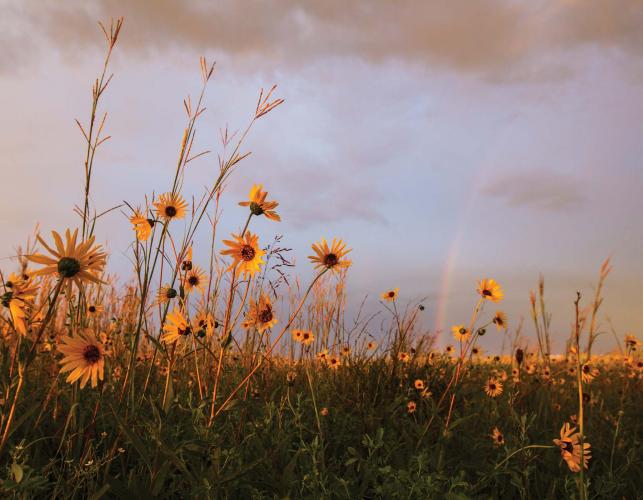


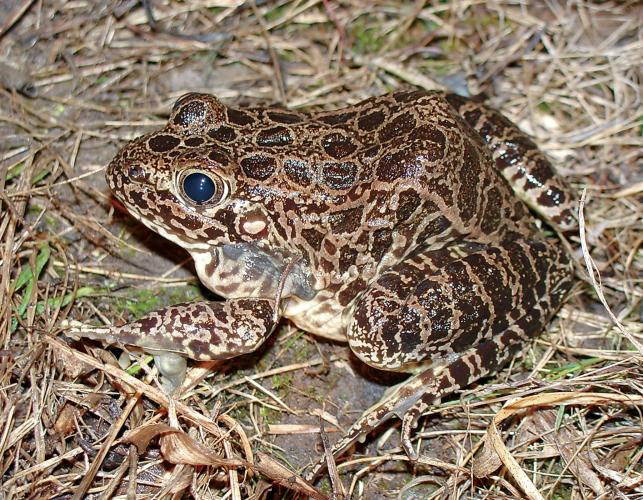

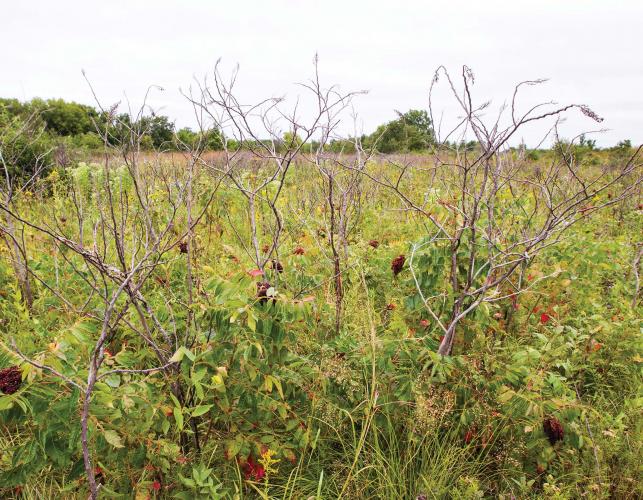
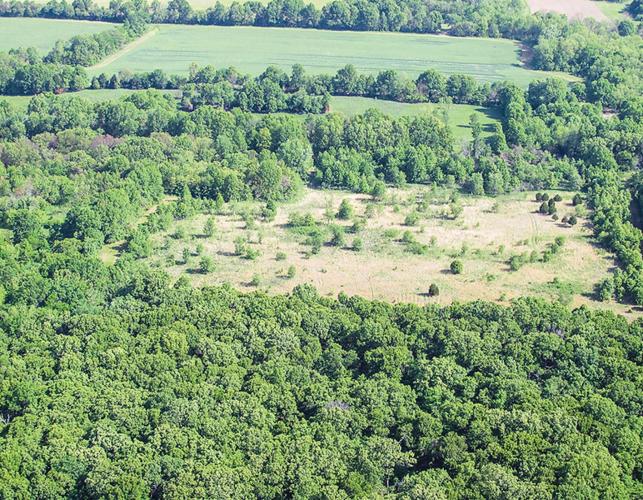
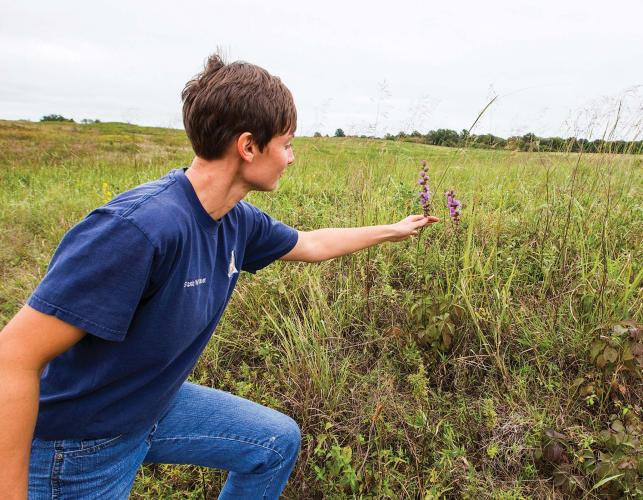
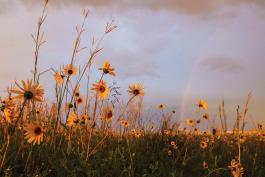

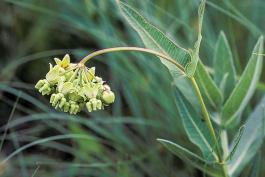
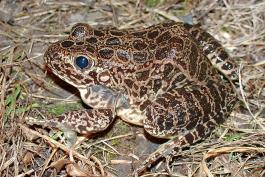
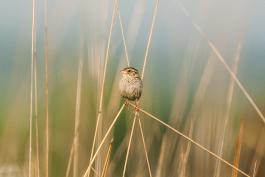
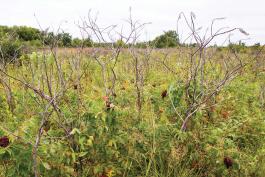
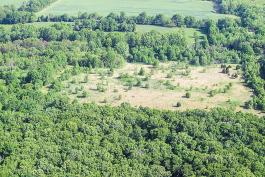
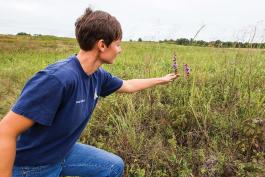
Also In This Issue
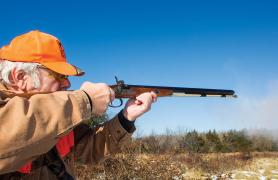

And More...
This Issue's Staff
Managing Editor - vacant
Art Director - Cliff White
Staff Writer/Editor - Bonnie Chasteen
Staff Writer - Jim Low
Photographer - Noppadol Paothong
Photographer - David Stonner
Designer - Stephanie Thurber
Circulation - Laura Scheuler






















